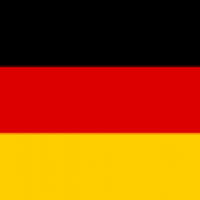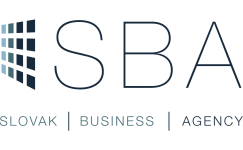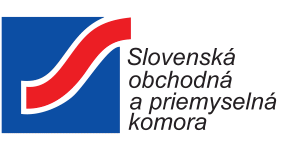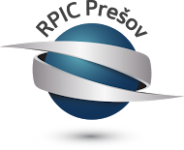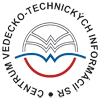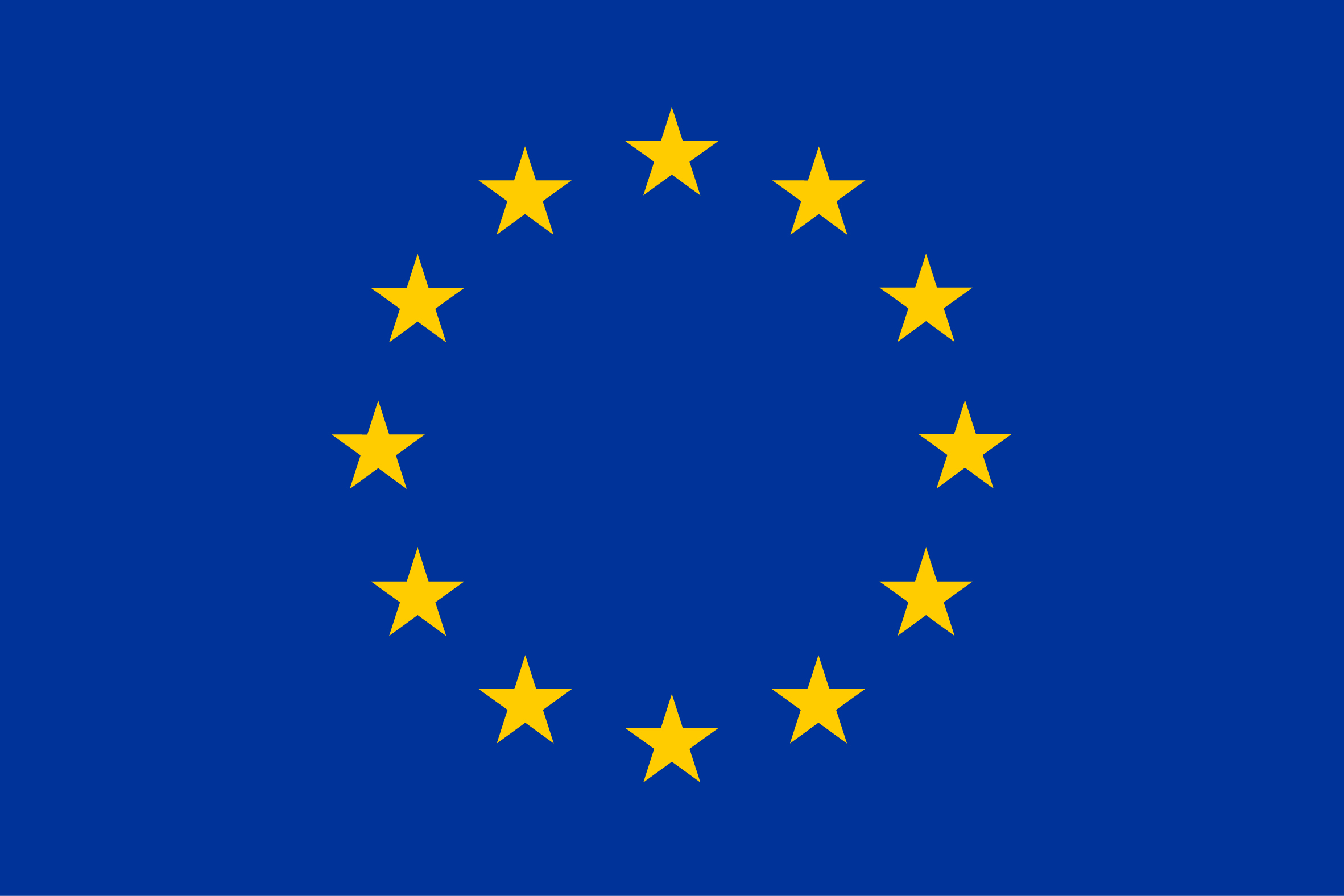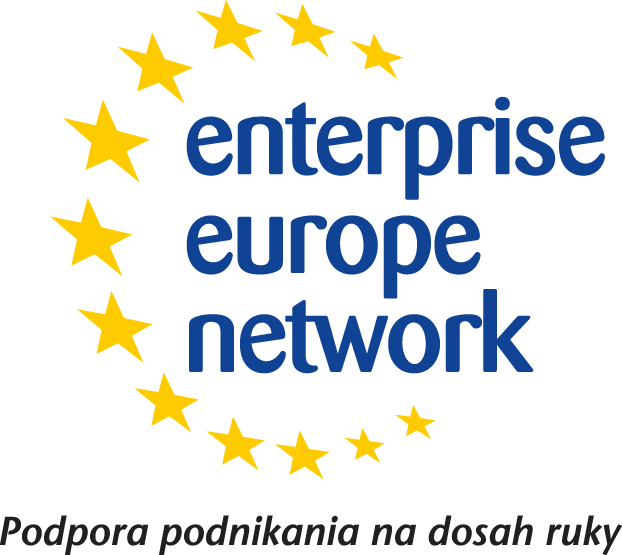Summary:
The German SME focuses on three technologies in the field of nanotechnology and biotechnology: tailored surface modification and encapsulation mainly by the Layer-by-Layer (LbL) technology platform; bead-based microsensors for bioanalysis; and fluorescent polymers and monodisperse nanoparticles, microparticles, microbubbles. The company seeks partners interested in applying or codeveloping those technologies (e.g. in pharmaceuticals) via license, research cooperation or manufacturing agreement.
Description:
The German SME is active in the intersection of nanotechnology and biotechnology and addresses three challenges:
(1) Surface modification, surface functionalization and encapsulation mainly using the Layer-by-Layer (LbL) coating
platform: Controlling surface properties of planar, colloidal, porous or amorphous surfaces is essential in various applications such as pharmaceutical research, food industry, industrial coatings, hi-tech filters and electronics. Bulk coating technologies are either too hard / expensive to apply or they present environmental or technical hurdles e.g. the coatings are too thick. An ideal solution would be to create nanometer thick coatings in an environment-friendly and cost-efficient way without compromise on fine-controlling of surface properties.
Company's LbL platform can create well-controlled nanoscale layers of polyelectrolytes, biomolecules and nanoparticles at most surfaces independent of their size, porosity and shape. This LbL film is used to fine-tune surface properties such as charge, hydrophobicity, elasticity, roughness, bio-reactivity, etc. and can combine functional materials such as drugs, biomolecules, imaging tracer molecules or nanoparticles with natural or
engineered surfaces. The target surface to be modified can be colloidal particles, channels of microfluidic devices, square meter sized plates and in principle any charged surface. Furthermore, LbL technology can be used to produce polymer based hollow capsules which are tunable drug delivery vehicles as they allow a pH, temperature or light triggered drug release.
(2) Tailored production of fluorescent polymers (polyelectrolytes), nanoparticles, microparticles and microbubbles is the company's second activity area. Tracking, sorting or imaging thin polymer coatings or particles is possible by integrating fluorescent dyes into these materials. This integration process is, however, not straightforward and requires well-established production and characterization facilities. Even then, it is difficult to find the ideal fluorescent materials in the market. The company optimized fluorescent labeling process for various dyes and materials
throughout years of research and offers their expertise to potential partners for tailored applications.
(3) Bioanalysis (antibody-antigen interactions, etc.) and determination of pH, temperature, oxygen, chloride in micronscale spaces such as in cell cultures, organ-on-a-chip and microfluidic units are complicated, expensive and in some cases impossible if electronic sensors are to be used. In order to address this challenge, the German SME has developed unique microparticle (bead) based microsensors that work with optical principles such as fluorescence or whispering gallery modes. Scientists at the company would work with partners to realize real-time measurements in cell cultures, microfluidics, and even inside large cells with help of most commonly used fluorescent microscopes.
Cooperation partners may use all three technologies on the basis of a license agreement or they can jointly develop new surfaces, materials and microsensors on the basis of a research cooperation agreement. The SME also offers the opportunity of tailored development of similar technologies on the basis of a research cooperation or manufacturing agreement.
Type (e.g. company, R&D institution…), field of industry and Role of Partner Sought:
The company is in search of industrial and academic partners of any background who would like to co-develop or apply the LbL platform or microsensors in the framework of a research cooperation agreement (joint research or contract research), a license agreement or a manufacturing agreement. Possible application areas include pharmaceuticals (e. g. smart drug-delivery and drug-release), biotechnology, food, filtration technology, personal and home care, cosmetics, sensors and electronics. Development schemes are organized around a feasibility study and further research, which are detailed by clearly defined milestones.
Stage of Development:
Already on the market
IPR Status:
Patent(s) applied for but not yet granted,Patents granted,Granted patent or patent application essential
Comments Regarding IPR Status:
The company has patent families (applied or granted) on nanocoatings, micro-encapsulation, particle production and label-free bioanalysis. Therefore the IPR status depends on the field of the co-development. Most patents are valid in Canada, Germany, European Union, Japan and the US except for the patent on bioanalysis, which is filed only in Germany.
External code:
TODE20201117002
